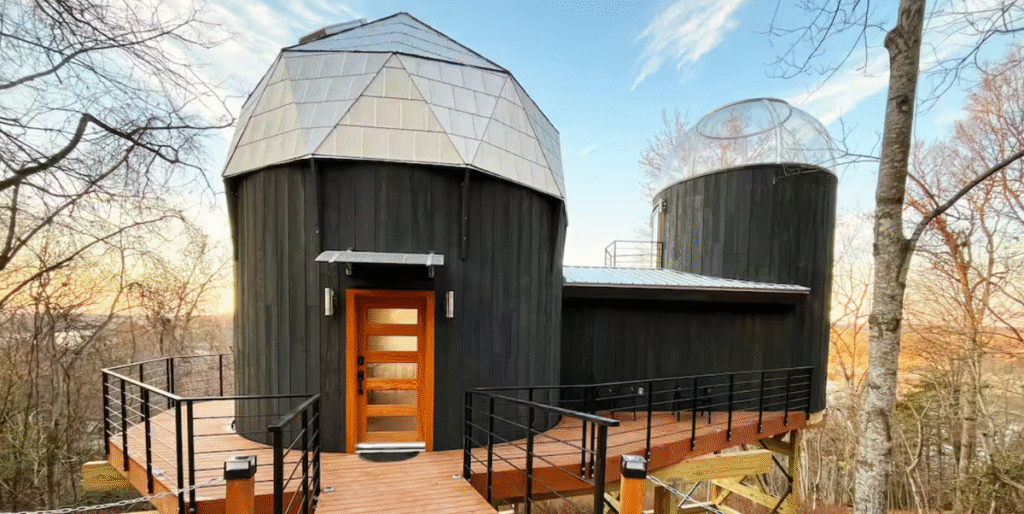A long road trip with four to five adults, a full trunk load of luggage is a breeze now, albeit with just a little bit of planning and awareness
BHPian Eyeevfan recently shared this with other enthusiasts:
Just finished a 7-day trip in my Ioniq 5.
Day 1, 14th Jun – Pune to Belgaum:
Total dist covered – 341 km. One small recharge stop en route at a Jio-BP 60 kW charger. Started with 98 % SOC, reached 41 % remaining, and slow-charged overnight to 93 %.
Day 2, 15th Jun – Belgaum to Manipal:
Total dist. Covered – 395 km. Did not recharge en route and reached with 21 % SOC remaining. Had torrential rain throughout the route; however, did not face any issues except sometimes felt the need for a rear wiper in heavy rains.
Day 3-5, 16th to 18th Jun:
Made a lot of local trips to daughter’s college, Krishna temple, local markets, and mall, etc. Manipal has very few DC chargers, and most are 30 kW. Zeon charging has a DC fast charger at Hotel Manipal Inn, which is off-road. I called them and they responded immediately, and the charger was online the next day. Another EV charge provider, Renoch, was also very helpful, and their customer service was excellent. Charged the car to 100 % at ZEON on 17th Jun and again on 18th Jun at Renoch charging station.
Day 6, 19th Jun – Manipal to Belgaum:
Total dist. Covered – 399 km. Started with 96 % SOC remaining and charged en route at a Jio-BP fast charger as the drive was uphill. I again stopped for a recharge short of Belgaum and topped up to 95 % SOC. Slowly charged the car for three hours at Belgaum till 95% for the trip to Pune the next day.
Day 7, 20th Jun – Belgaum to Pune:
Total dist. Covered – 336 km. Stopped at Vittal Kamat Hotel, which had a Bijlify 60 kW dual gun charger. Did a short top-up charge of approx 14-15 % and reached Pune by 2 PM with 47 % SOC remaining.
Chargers used:
1. Zeon
2. Jio-BP
3. Renoch
4. Chargezone
Total Charging cost – Rs 3498.04
Observations:
1. Range achieved averaged between 520- 550 km with 90% highway runs and approx 30% AC usage.
2. The Ioniq 5 is brilliant on highways, and the suspension soaks up everything thrown at it.
3. NVH levels are very low, and the seats are very comfortable for long drives, and there is hardly any tiredness or discomfort after days of long driving.
4. The lack of a rear wiper in heavy rains is sometimes an issue, but the rear windshield does remain relatively clean and usable on long runs.
5. The rear AC is not very effective, so manual mode with a higher fan speed is needed most of the time.
6. The luggage space is great, and the rear sliding seats are a great help. I could fit in 3 Suitcases, 0 bags, and two camera bags without any problem.
7. The built-in mini mud flaps are a joke, and my vehicle turned brown with the amount of mud that was thrown at it. It was a huge effort getting all the muck off. Hyundai claims that no mud-flaps are required, but Hyundai Europe and the USA do sell them, so it seems Hyundai has just conveniently skipped getting accessories into India because of low volumes.
Overall, it was a great trip, and range anxiety is now a thing of the past with the great range of the Ioniq and the continuous improvement in EV infrastructure. A long road trip with four to five adults, a full trunk load of luggage is a breeze now, albeit with just a little bit of planning and awareness.
Check out BHPian comments for more insights and information.


